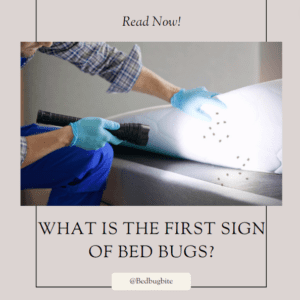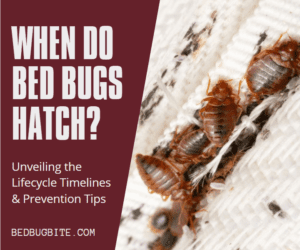Bed bugs feed on human blood for survival. Their tiny structure makes it difficult for them to be spotted with the eyes. After feeding, they go back to their resting place to either breed or go into hibernation. They can go close to a year without feeding. Different people react differently to their bites. Whereas some people might develop rashes, and itches on the affected areas, some others won’t exhibit any sign of the bite. On the other hand, scabies doesn’t feed on human blood; they rather need a human host for survival. They reside under the flesh where they lay eggs. The eggs hatch within 10-12 days, and live in the skin, for up to two months. During their stay in the skin, scabies rashes appear, and they are usually found in the genital, armpits, and stomach
How do Scabies and Bed bug spread?
Both parasitic pests have been in existence for several years. They move easily from individual to individual, and this means any close contact with an infected individual can lead to the transference of both pests. They can move great distances by hitchhiking. They can latch on to clothing, bags and other items.
How to identify scabies and bed bugs?
Bed bugs bites are more visible than marks left by scabies. Although it can be easy to confuse these marks with other skin issues or insect bites.
Bed bugs have a much longer life expectancy, and they can survive without a human host for close to a year. Scabies mites, on the other hand, die if they don’t latch on to a human within a few days. The longevity of bed bugs is the reason why they are tougher to eliminate in comparison to scabies mites.



